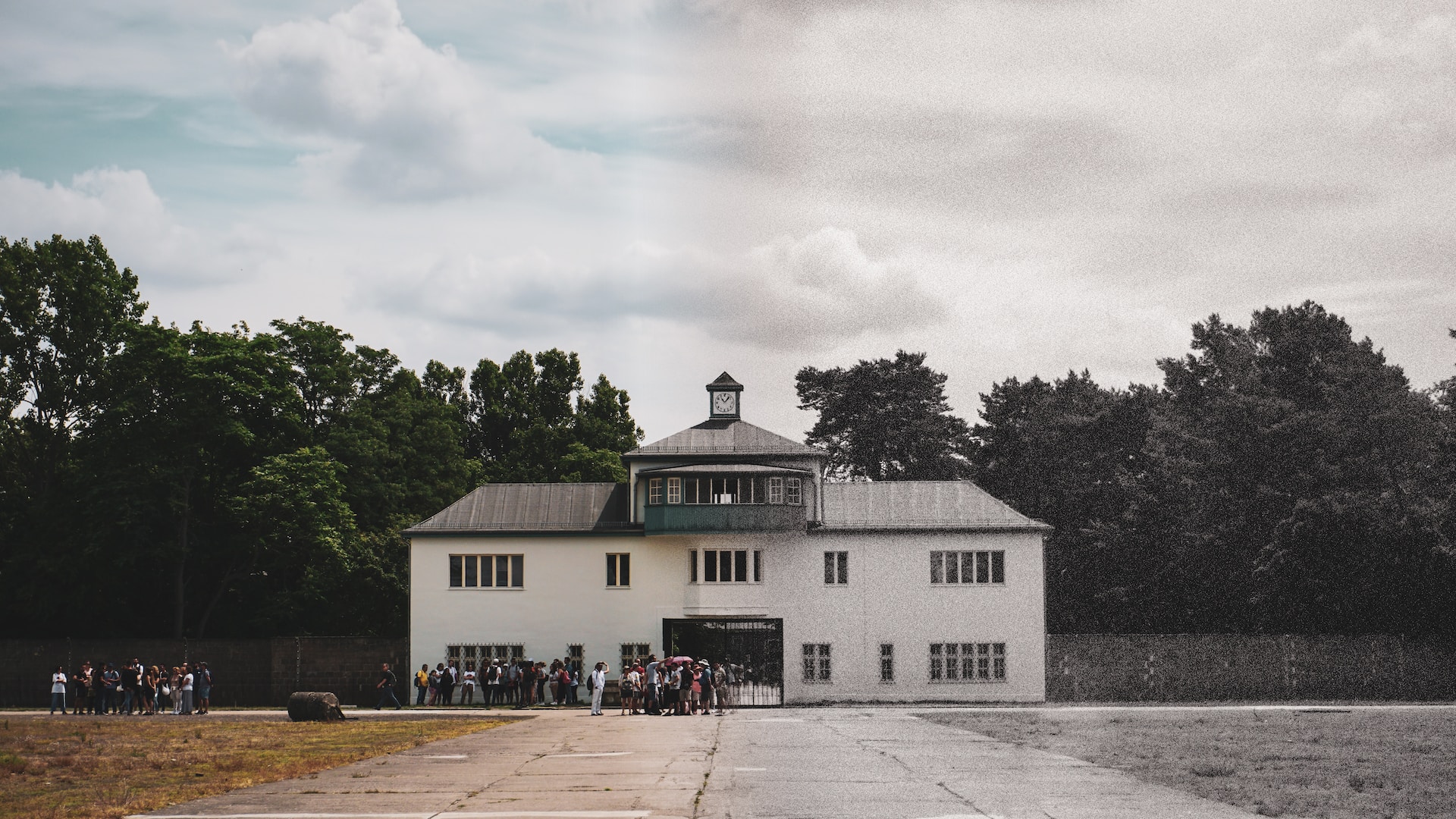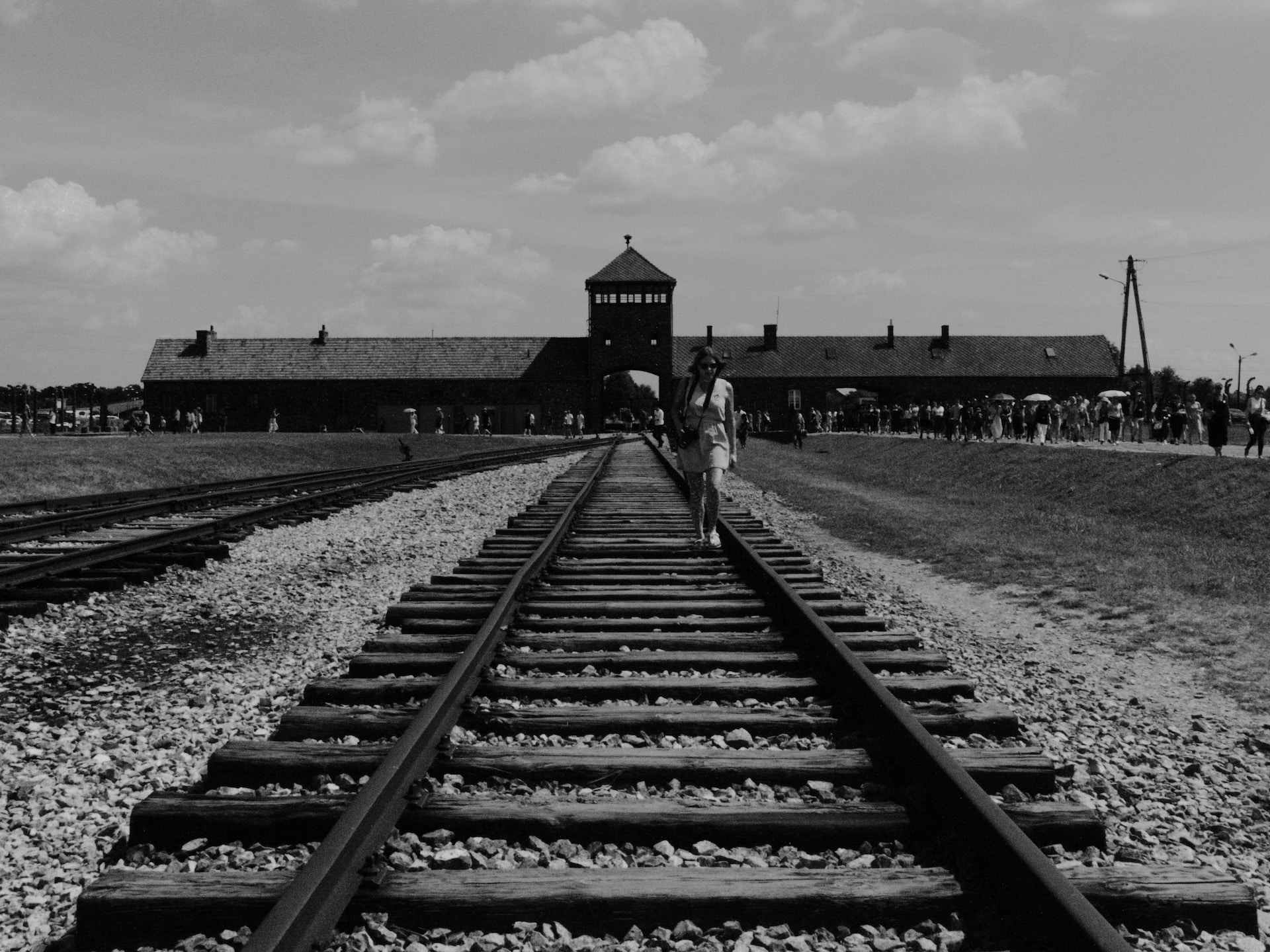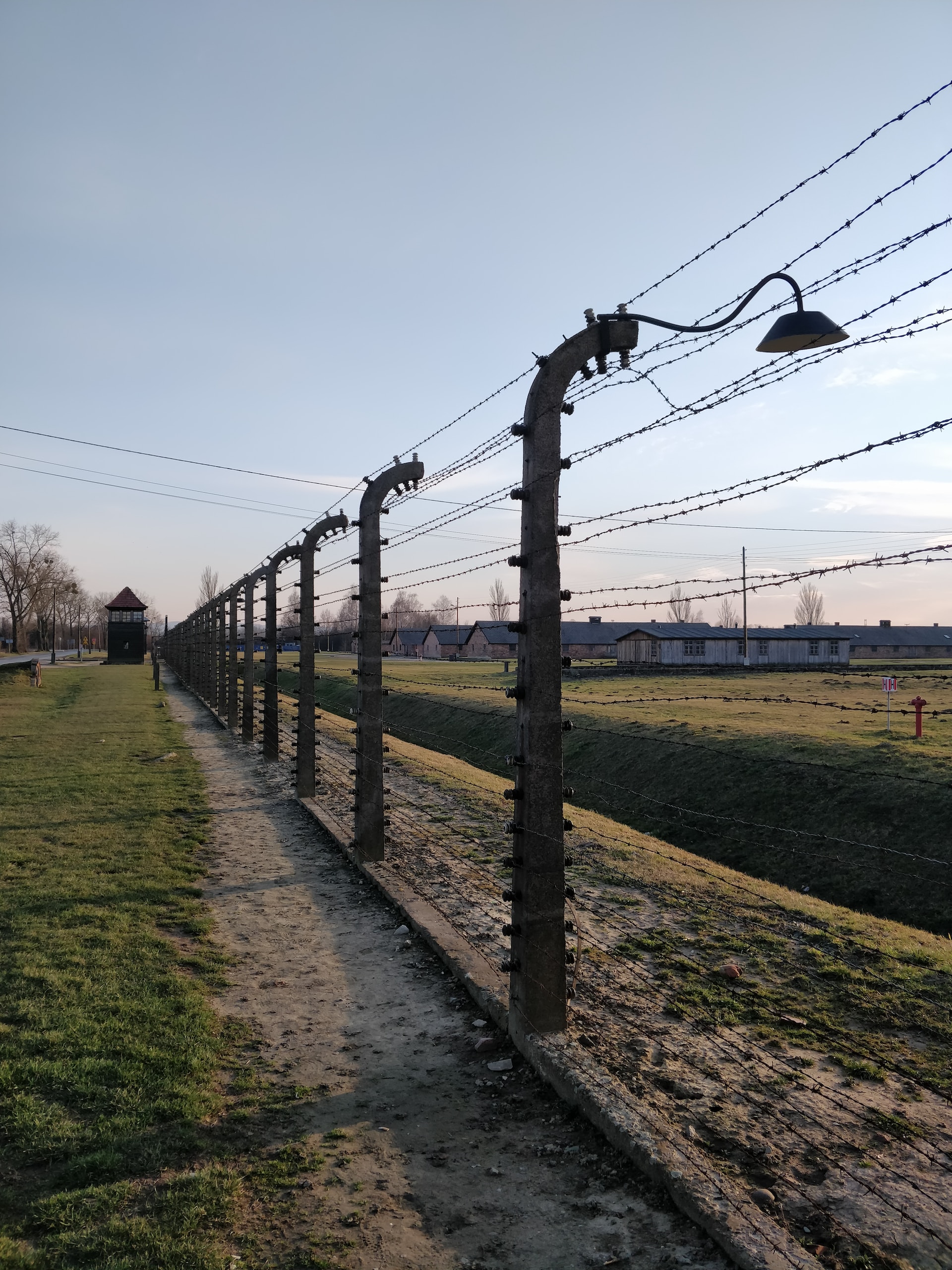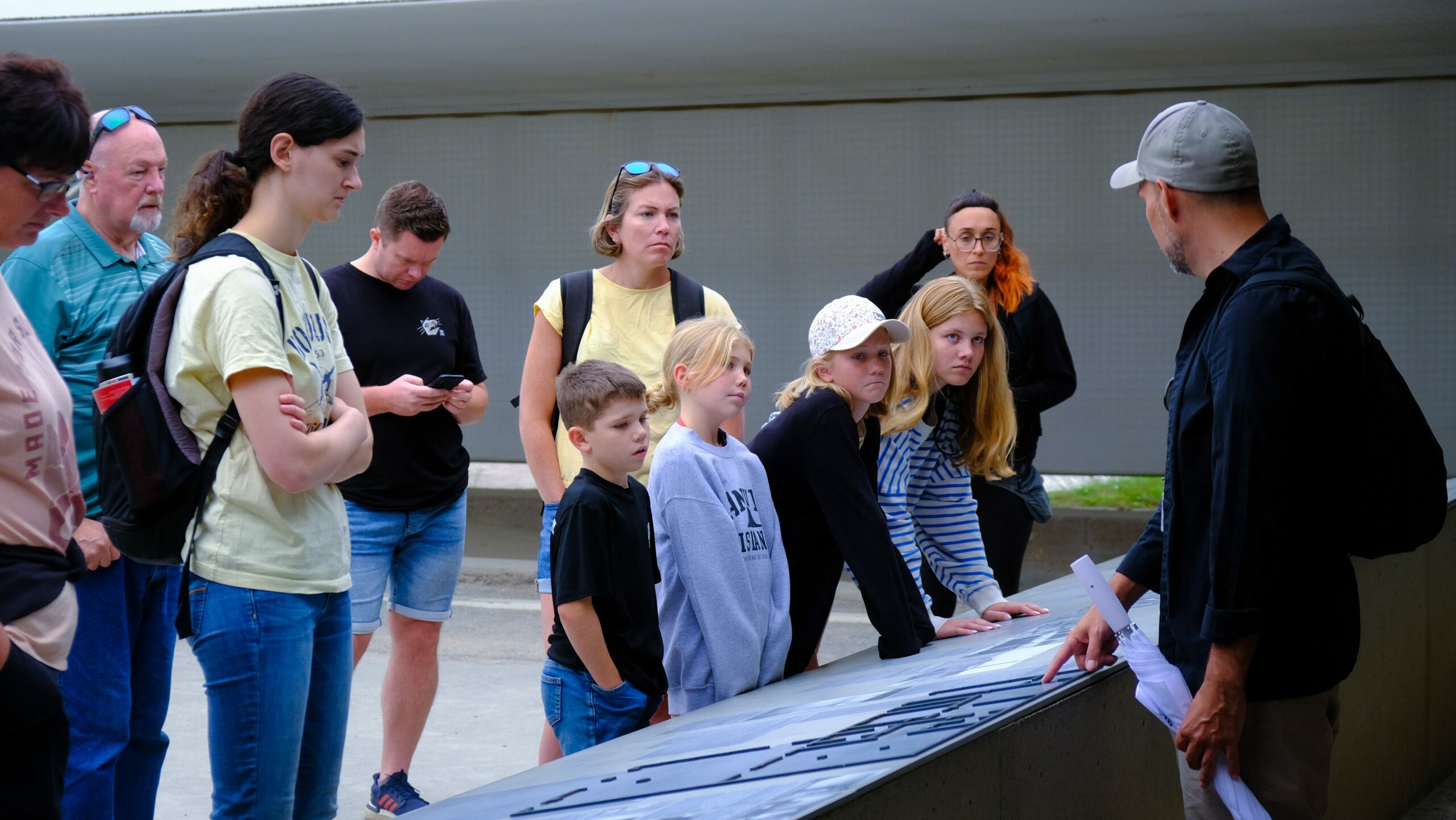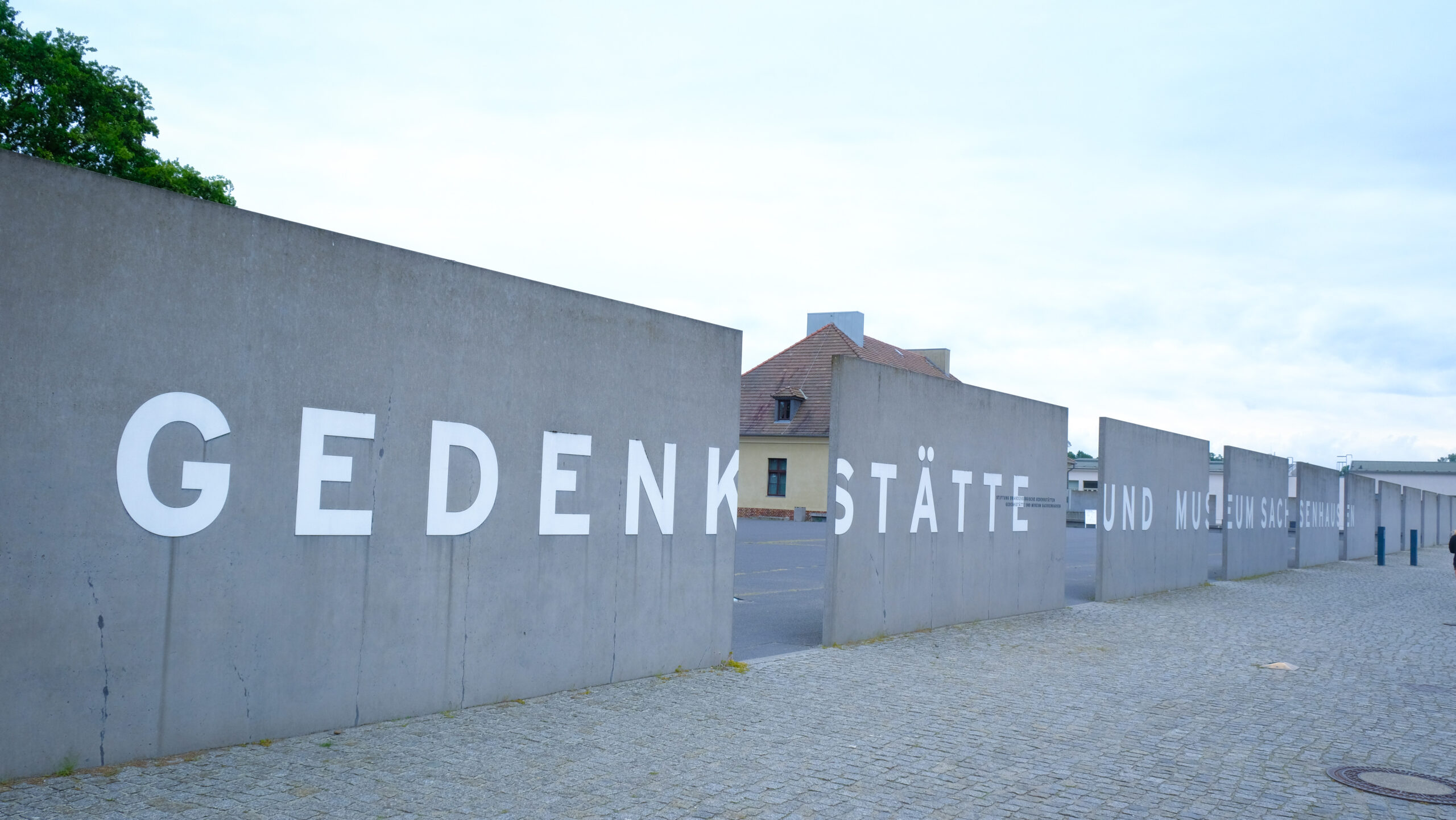During World War II, Berlin was a hub for Nazi operations, including the establishment of several concentration camps. These camps were an integral part of the Holocaust, a systematic genocide that claimed the lives of millions of innocent people, primarily Jews, but also other groups deemed undesirable by the Nazis.
Let’s delve deeper into the history and significance of Berlin concentration camps, exploring their establishment, functioning, and the tragic events that unfolded within their walls.
1. The Establishment of Berlin Concentration Camps
From 1933, the Nazi state embarked on constructing concentration camps in Germany which later extended in its surrounding regions. It was among the cities that the camps were constructed including Berlin. The three principal concentration camps which operated in and around Berlin were Sachsenhausen, Ravensbrück and Auschwitz-Birkenau.
Sachsenhausen
Sachsenhausen was opened in 1936 in Oranienburg, near Berlin Initially, the camp was used to demonstrate the perfect methods of punishment and regulation; the leaders of the camp were all SS officers. It slowly evolved into an institution of pain and fear. Politics prisoners, homosexuals, Jews and POWs were exposed to forced labor, deadly experiments and inhuman treatment invitating thousands of death.
Ravensbrück
Ravensbrück was located to the north of Berlin and was a women’s camp only. It was founded in 1939 and in time emerged into one of the biggest camps that housed women prisoners. Different women detained in Ravensbrück came from different countries , were political opponents, fighters for resistance, and even religious leaders , and all of them suffered brutality and starvation.
Auschwitz-Birkenau
Even though situated far from Berlin, today being in Poland, Auschwitz-Birkenau was the camp with the highest lethality rate within the Holocaust. Since it was one of the greatest extermination camps in the world, it also totally contributed to Hitler’s “Final Solution”, by murdering millions of men, women and children through gassing and working to death.
2. Life Inside the Camps
The circumstances in Berlin concentration camps were terrible. Conditions in prison included extreme overcrowding, malnutrition, diseases and constant torture. Their human rights were breached grossly, they were dehumanized, physically and psychologically abused, raped, tortured and killed without any form of punishment. People were parted with their families, and children were at risk for abuse and death.
Forced Labor
Another major reason for the use of concentrations camps was to make use of the prisoners as slave labour for Germany’s war economy. Some prisoners were employed in industries or in buildings construction where they were made to work for long hours and under very poor scientific standards. The saying today was it was not uncommon to die from exposure, starvation, or even foolishness.
Medical Experiments
While attempting to achieve a marker of racial purity the Nazis inflicted prisoners with horrible medical experiments. These would be experiments that were intended to progress the ideology of the Nazi regime and they included; administration of new drugs, sterilizations and surgeries that did not use anesthetics. Incredibly many victims could testify to severe pain and lifelong consequences of childhood abuse.
3. Liberation and Aftermath
At the end of the Second World War, the Allies started to free concentration camps; the first ones were those in Berlin. In many of the survivors, there were physical and/or psychological problems, and reconstruction itself was not easy. Thus, the camp survivors and the incidents which they describe for the visitors make people remember horror activities happened during the Holocaust.
That is why such a sensitive issue as the black pages of historical experience should be remembered in order not to become a repetition of similar cruel actions. The concentration camps found around Berlin are the relics of the death, pain, and strength of so many people during this terrible period of the twentieth century.
Conclusion
The concentration camps of Berlin that were in work during the second World War were strong pillars of the Nazi brutality. Among other concentration camps, Sachsenhausen, Ravensbrück and Auschwitz-Birkenau are notable not only for their abominable conditions that killed so many of their prisoners. The survivors, which were liberated and all the subsequent generations bear the moral burden of such memories not to allow the repetition of such horrors.

